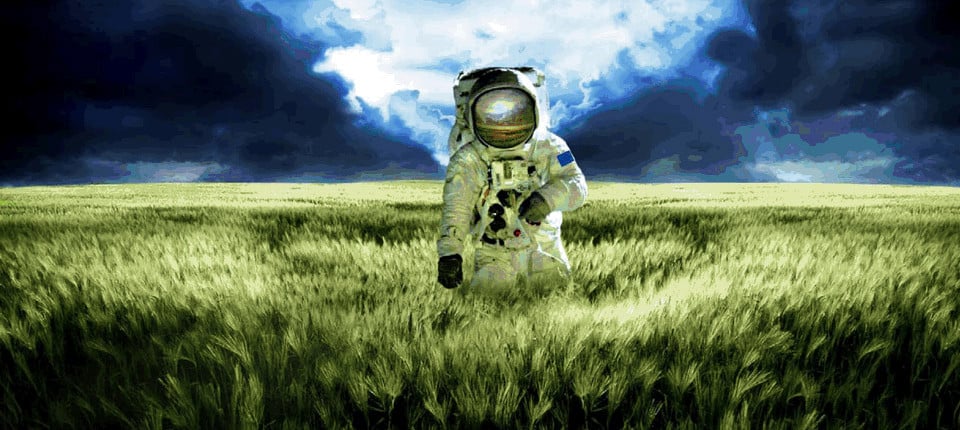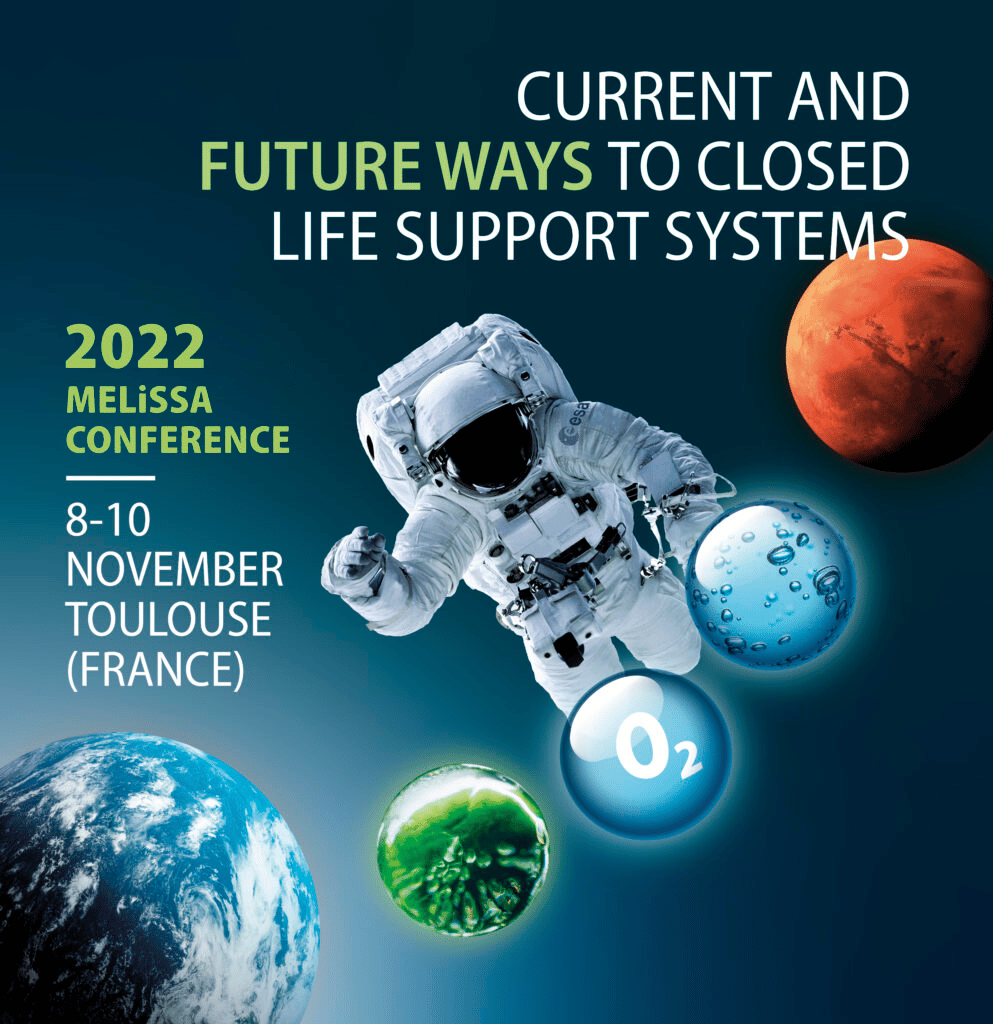MELiSSA, the key to our survival in the Universe
By Pierre Brisson, President of Mars Society Switzerland, member of the Board of Directors of the Planète Mars Association (France), economist by training (University of Virginia), former professional banker, planetologist.

On June 8th and 9th, an event that has been repeated every two years for fifteen years has taken place at the University of Lausanne (“UniL”). Olivier Dessibourg spoke about this in the “Temps du 11 juin” (page 24), but I would like to insist, because he has also been passionate about me. This is the MELiSSA Workshop organized by Dr. Christophe Lasseur (ESA), Dr. Stéphanie Raffestin (ESA), Professor Suren Erkman (UniL) and Theodore Besson (UniL & Earth Space Technical Ecosystem Enterprise SA). The aim of the workshop was to take stock of the status of MELiSSA research (Micro Ecological Life Support System Alternative) , conducted under the umbrella of ESA, with all relevant scientists.
MELiSSA is only one of the possible ECLSS (Environmental Control and Life Support System) but its unique feature is to seek the development of a closed loop in which living beings will be fully integrated, contributors and beneficiaries of the system. The aim is to create a bubble that is as small and as massive as possible, enabling human lives to perpetuate independently from the earth’s environment without any new input. The importance of the company comes from the fact that it deals on the one hand with the possibility of getting out of our terrestrial shell by taking along and living with us the strictly essential ecological elements which constitute it and which are the guarantee of Its sustainability and, on the other hand, our ecological impact on our mother planet Earth, and solutions to alleviate it while our pollutions of all kinds attack it from all sides. This is in short and nothing less than our future “in the stars” and our ability to survive on Earth
Note that the operating constraints of this loop will not be exactly the same during interplanetary travel , during which no input is possible from outside the habitat, other than that of ambient energy (solar ) And, on the other hand, the planetary stay (on Mars or the Moon), during which the local resources can be put to use (notably on Mars – but not on the Moon), water ice, thickness Atmosphere, carbon dioxide and all kinds of chemical elements present in rocks or dust). The problem will therefore be Minimize the journey time and, once there, make the best use of the planet’s environment to recreate a terrestrial micro-environment (“Biosphere-2” type) with a minimum of terrestrial inputs, keeping it viable despite its small size dimensions (problem of limiting the losses during each recycling, maintaining microbial equilibrium and possible “reset” without chemicals other than those producible on the spot, or gradually limiting the terrestrial contribution, necessary at the beginning, until it is unnecessary)…
Excerpt translation, please read the full Pierre Brisson article here:










